In Poland, Wigilia (ENG: Christmas Eve) is centred around a feast that consists of a whopping 12 courses – one for each of Jesus' apostles. Eating a bit of each dish is kind of like a tip of the hat to each saint, and it's said that the more you eat, the more prosperous you'll be in the coming year. The specific 12 dishes prepared vary slightly from family to family, and depending on which region of Poland you're in. For this reason, we encourage you to check out the city-specific articles at the bottom of the page on Christmas in each of Poland's major cities, where you'll also learn about Christmas markets and other holiday happenings.
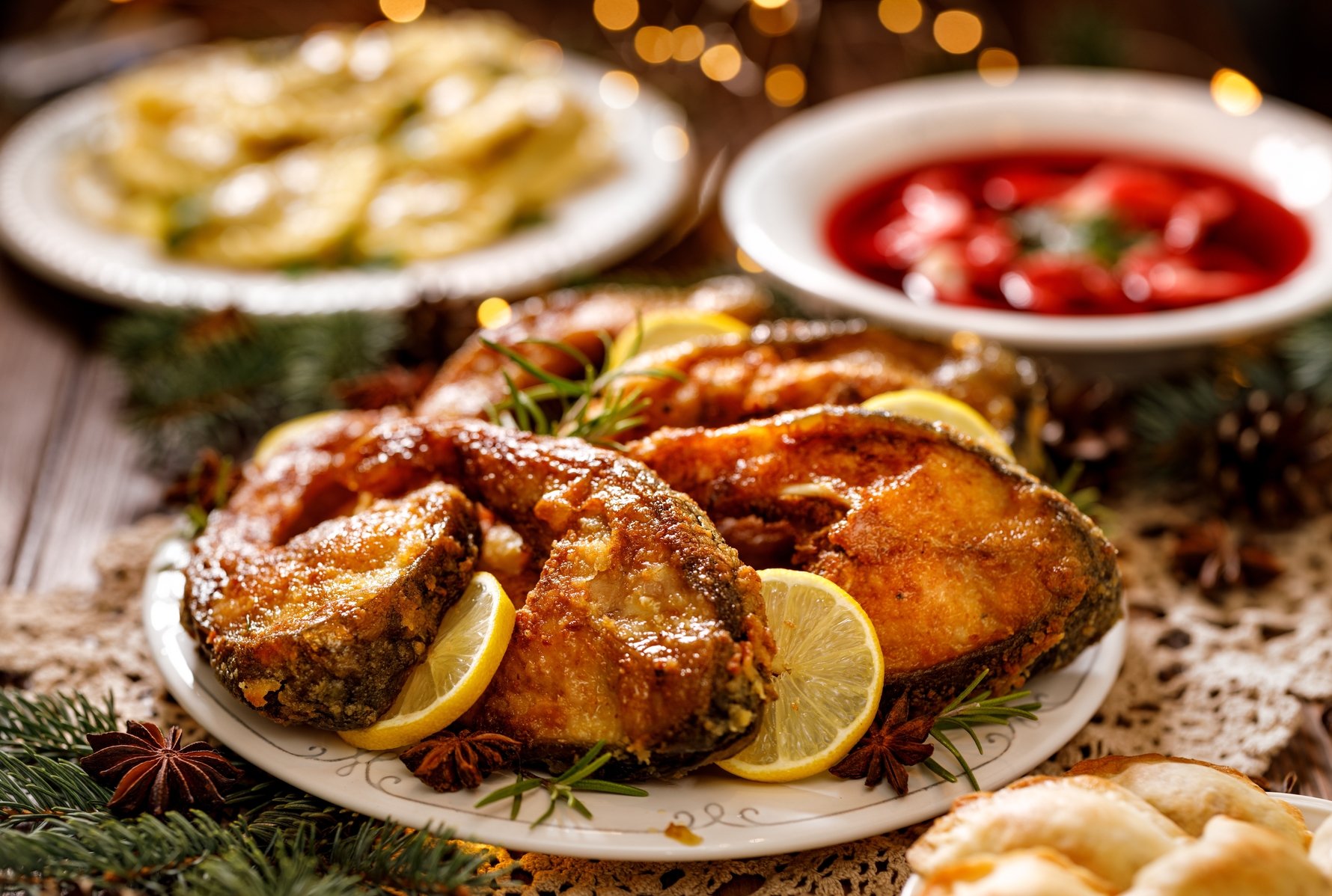
So we have 12 dishes for 12 apostles, but let's not forget the big man - Jesus. This is why, before the feast kicks off, the family shares the opłatek - the Christmas wafer. In an intimate and potentially-awkward (if you don’t speak Polish) moment, each person goes to the others in turn, making a blessing for their happiness in the coming year, breaking off a piece of the other person’s wafer and eating it, then sealing the deal with a kiss (or three) on the cheek. Once that formality is out of the way, and the kids have spotted the first star in the sky, the feast can officially begin. Traditionally, bits of hay are spread beneath the tablecloth in observance of Jesus’ manger pedigree, and an extra place is set at the table in case of a visit by the ‘hungry traveller,’ Baby Jesus himself or a deceased relative (whoever arrives first).
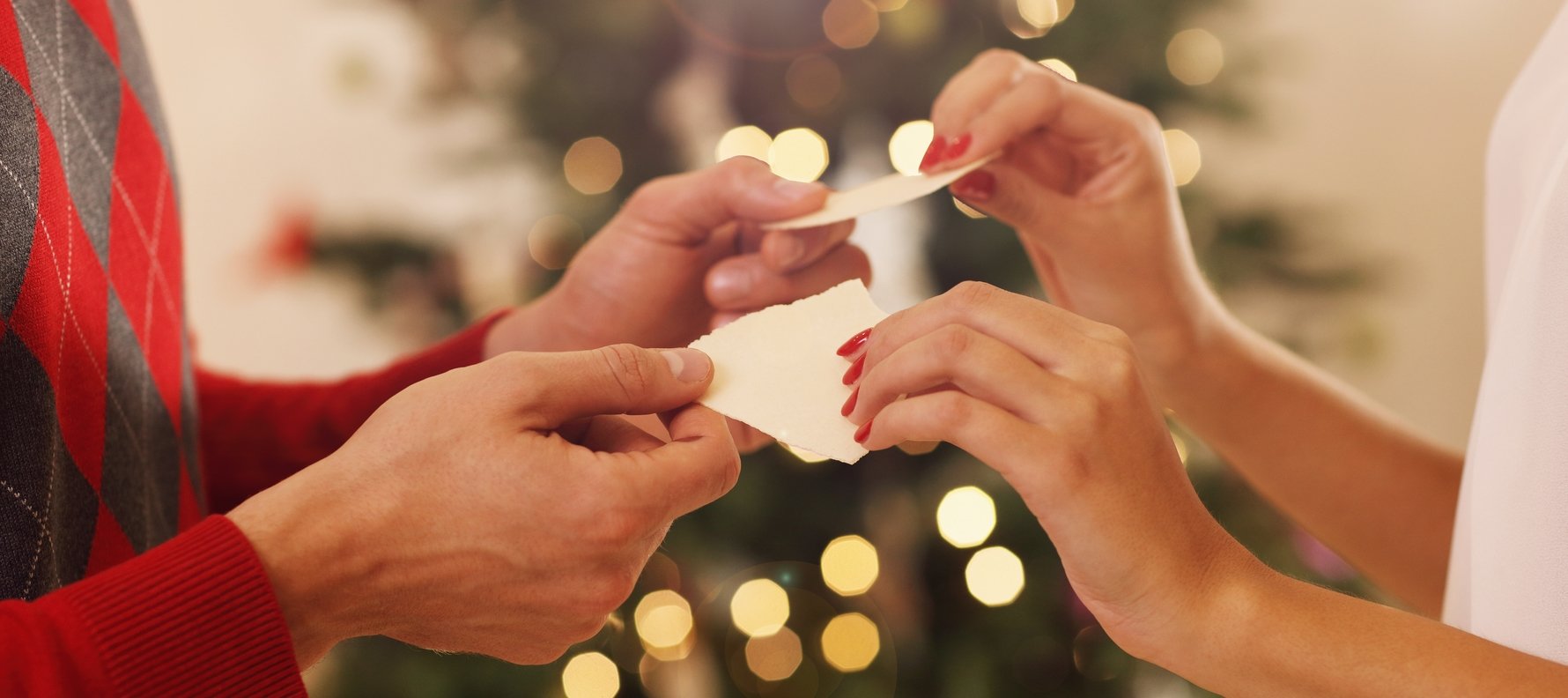
Things often kick off with Barszcz (Beetroot Soup) followed by Mushroom soup, which is often made from wild mushrooms from the nearby forest. Żurek (Sour Cucumber Soup) is not uncommon either.
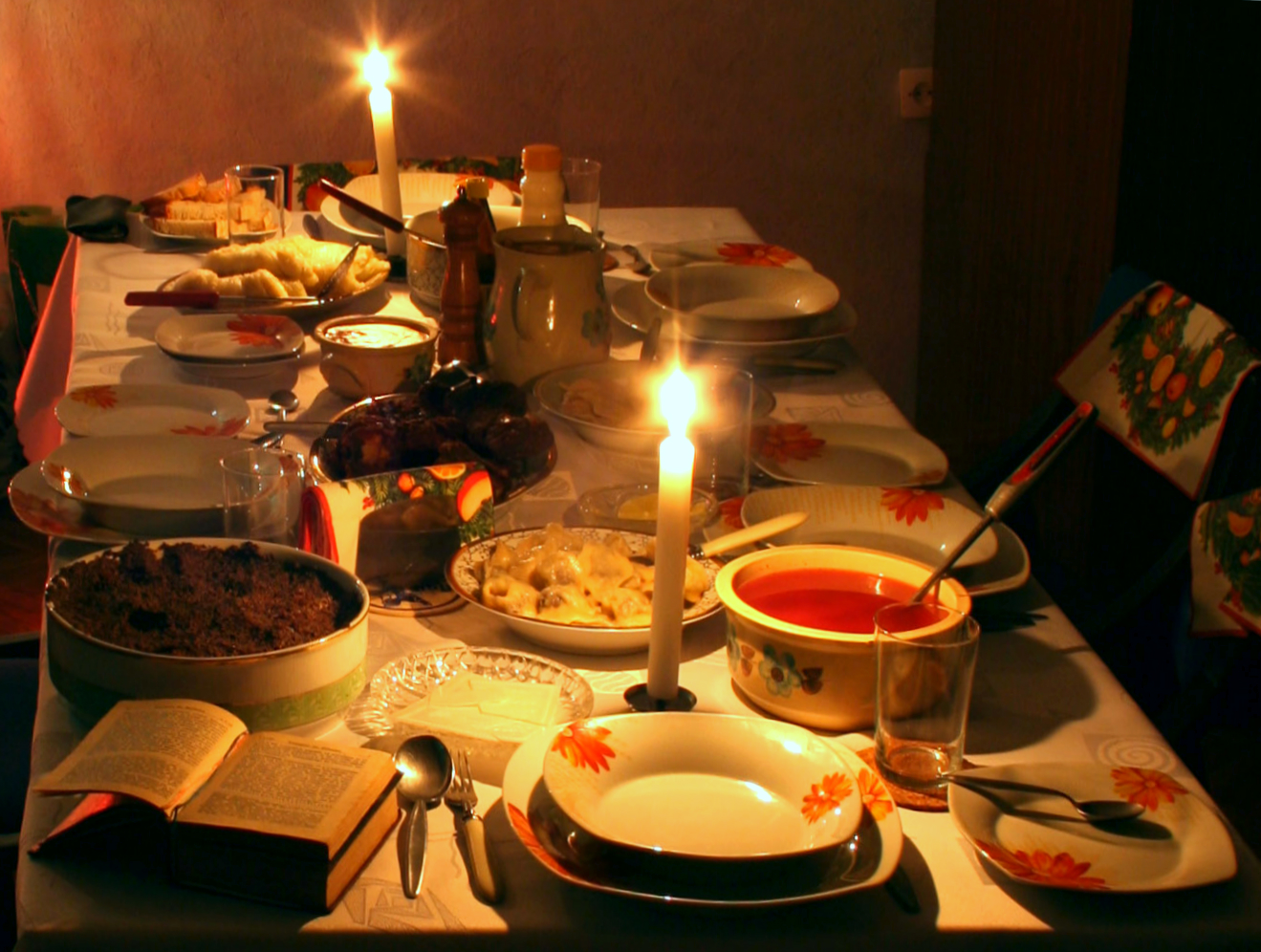
photo by Przykuta.
Abstaining from meat consumption is a notably-Catholic observance at various times of the year, which is why the centrepiece of the feast is carp, usually served cold. Apparently, seafood isn’t recognised as meat by Catholics (fish was Jesus’ favourite vegetable). The beastly carp was often kept swimming in the bathtub in the run-up to Wigilia during Communist times because of food shortages; back then you had to buy your fish several days earlier and keep it alive until the time came for the man of the house to clobber it, carve it and cook it. Nowadays, however, enterprising carp salesmen enjoy a roaring trade, slaughtering the fish on behalf of those not man enough to the task.
Aside from carp, śledź (ENG: herring in oil) is the other commonly-served fish dish in Poland. Next up is the internationally-renowned Polish dumpling - pierogi! While they now come in hundreds of varieties, the Christmas filling is one of the more common traditional varieties - cabbage and forest mushroom. If you're a fan of cabbage, you'll be pleased to know that there's more of that to come. Kapusta Wigilijna (Christmas Cabbage) is kind of like sauerkraut, but typically a little sweeter. Next come gołąbki - cabbage rolls stuffed with mince meat and rice. Nowadays, Poles are more aware of the importance of greens and other vegetables, and so pickles and an assortment of other Polish salads and sides will often feature of the table.
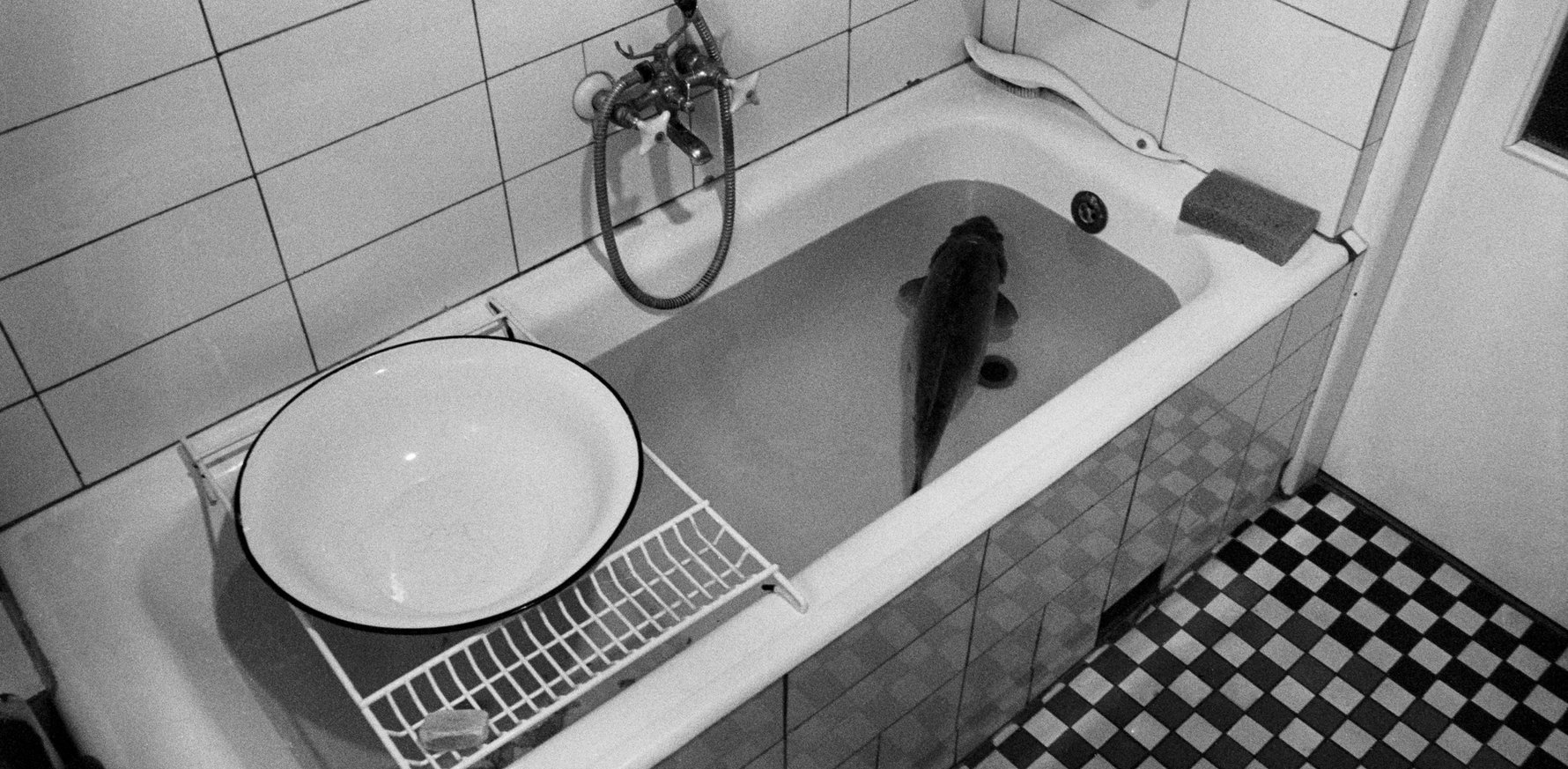
With that, the main courses are done with and it's time to start thinking about dessert! Kutia is a mix of wholemeal wheat grains, poppy seeds, honey and dried fruits soaked in a small amount of red wine, and some extra nuts thrown in. There are also two main Wigilia cakes - makowiec (poppy-seed cake) and piernik (gingerbread cake with plum jam layers).
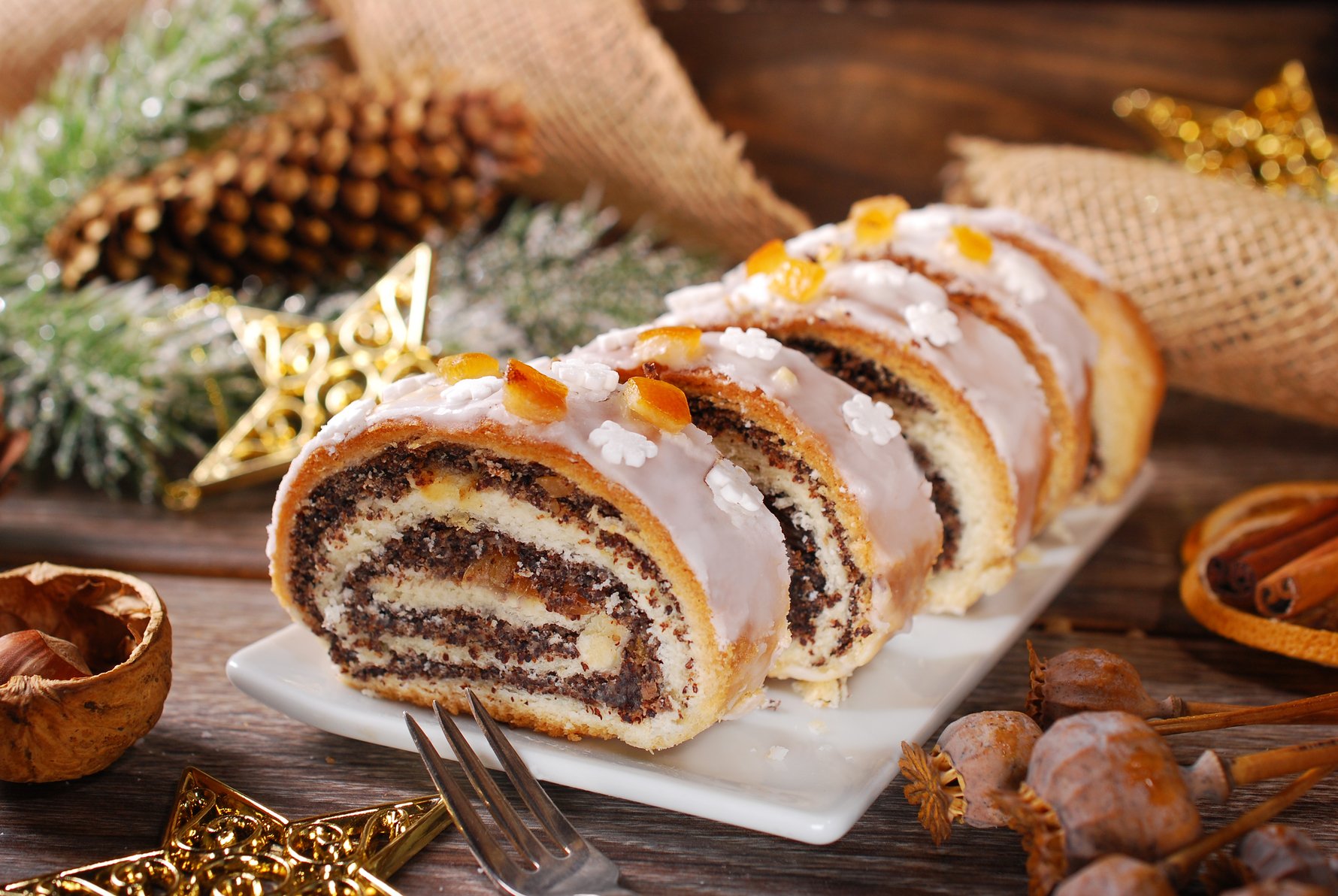
What about beverages, you ask? Steel yourself before sipping the traditional dried fruit compote. Beloved by some, to us it just tastes like an ashtray, but supposedly it helps speed up digestion - so bottoms up, you'll need the assistance after 12 courses. When it comes to alcohol on Wigilia, most families frown on heavy drinking, but strict alcoholic abstinence is the Wigila tradition most commonly overlooked today. Which is to say, it depends on you host, but moderation is the keyword. After all, most families later trek out of the house to attend pasternak, or midnight mass.
The Christmas Eve meal finally concludes with a round of belt-unbuckling, giving way to carol-singing and gift-unwrapping after the revelation that during the feast an angel has laid presents beneath the Christmas tree (St. Nick also gets an off-day for Wigilia). Needless to say, in addition to being one of the biggest feast days of the year, Wigilia is an important time to be with family. As such, you'd think Wigilia would be a work holiday; after all, there are 12 different foods to prepare. And yet, it's not an actual day off. Despite that annoyance, most shops across the country close early and stay closed until the 27th, so arrange accordingly.


Comments